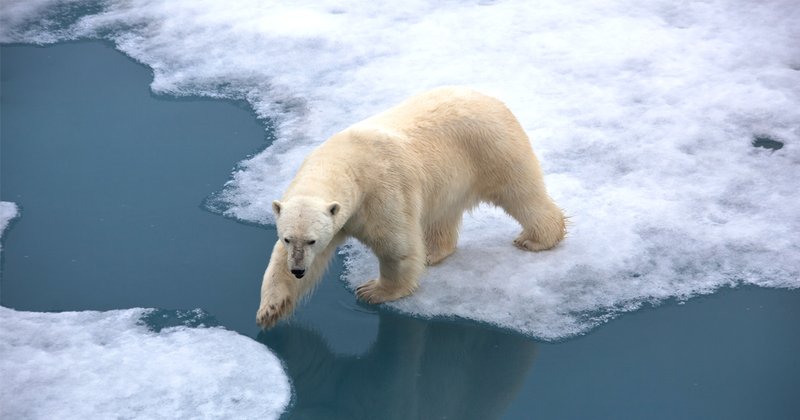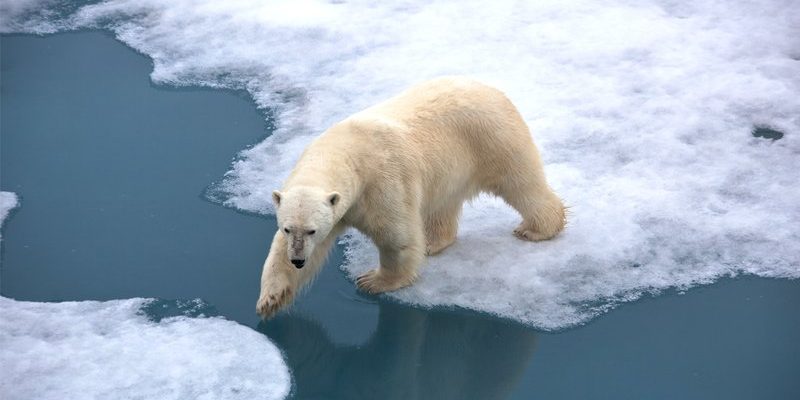
Imagine a small, unassuming creature that munches on plants and grains. Yes, that’s a weevil for you! They can be found in fields, kitchens, and even in stored food products. The impact of climate change on weevils is a fascinating subject that highlights how interconnected our world is. With rising temperatures and shifting weather patterns, these little pests face both challenges and new opportunities. Let’s dive into how climate change affects weevils and why it matters to all of us.
What Are Weevils and Why Do They Matter?
Before we get into the nitty-gritty of climate change, let’s take a step back and understand what weevils are. Weevils are a type of beetle that belong to the family Curculionidae. There are over 97,000 species of weevils, making them one of the largest insect groups. These pests often target plants and grains, leading to significant losses in agriculture.
Here’s the thing: While they might be small, weevils play an important role in our ecosystems. They help decompose dead plant matter and recycle nutrients back into the soil, promoting healthy plant growth. So, when climate change alters their populations and behaviors, it can impact agriculture, biodiversity, and even our diets.
You might be thinking, “Why should I care about weevils?” Well, they’re not just annoying pests; they are indicators of environmental health. Changes in their behavior can signify wider shifts in our ecosystem, so keeping an eye on them can provide valuable insights into the state of nature around us.
The Effects of Rising Temperatures on Weevil Populations
Warm weather might sound appealing, but for weevils, it’s a double-edged sword. Initially, higher temperatures can boost their reproductive rates. Warmer conditions may lead to faster growth cycles, meaning more weevils in a shorter time. However, if temperatures rise too high, they could face heat stress, leading to population declines.
Think about it this way: humans thrive in certain temperature ranges; so do weevils. If the weather gets too extreme, it can disrupt their life cycles. For example, extreme heat can reduce their activity levels or even increase mortality rates.
Besides direct heat effects, rising temperatures also impact the food sources weevils rely on. Crops that weevils typically infest might struggle under hotter weather, affecting food availability. This can lead to competition among weevil species and a potential shift in the ecosystem as some species thrive while others decline.
Changing Weather Patterns and Weevil Behavior
Climate change doesn’t just mean warmer temperatures; it brings unpredictable weather patterns, too. One day you might have a scorching sun, and the next, it’s pouring rain. For weevils, such fluctuations can disrupt their feeding and breeding behaviors.
For instance, if weevils are used to certain seasonal cues to lay eggs, unpredictable rainy seasons can throw them off. This can lead to mismatches between their life cycles and the availability of food sources, like grains and plants. Imagine a weevil trying to find a meal during a sudden drought—it’s not an easy task!
Moreover, with more frequent extreme weather events, weevils might find themselves forced to relocate to survive. This could lead to new areas being infested, impacting local ecosystems and agricultural sectors in ways we can’t fully predict just yet.
How Climate Change Affects Weevil-Plant Interactions
Weevils have a special bond with the plants they infest. Climate change alters this relationship in several ways. As plants adapt to changing climates, their nutritional content and defenses—like toxins and thorns—may also change.
Let me explain: If a plant becomes more resilient to heat but produces fewer nutrients due to stress, weevils might struggle to find adequate food. This can disrupt their population dynamics. Conversely, some plant species might become more appealing to weevils as changes occur, leading to increased infestations.
This shift can also affect other organisms. If weevils start preferring new plants, it may impact the insects and animals that rely on those plants for survival. The web of life is interconnected, and when one strand changes, it can affect the entire tapestry.
Economic Implications of Weevil Population Changes
The economic impact of climate change on weevils is profound, especially in agriculture. Farmers rely on specific crops, and the presence of weevils can lead to significant financial losses. If climate change allows weevil populations to flourish, it can lead to increased pesticide use and crop damage.
Imagine a farmer who relies on corn. If weevils start infesting the corn crop due to changing temperatures and rainfall patterns, they could end up losing a large portion of their yield. This not only affects their livelihood but can also lead to increased food prices in the market.
To combat this, farmers might invest in more sustainable practices, but these require time and resources. As weevils adapt to changing conditions, farmers will need to adapt their strategies, leading to a continuous cycle of adjustment.
Adaptive Measures: What Can Be Done?
So, what can we do about the impact of climate change on weevils? Adapting to these changes requires a collective effort. Researchers and farmers can work together to monitor weevil populations and understand their responses to climate shifts.
Here are some adaptive measures that might help:
- Invest in research: Understanding how weevils adapt to climate change can help develop better pest management strategies.
- Implement sustainable farming practices: Crop rotation and reduced pesticide use can help maintain a balance between weevils and their host plants.
- Educate farmers: Providing resources about best practices can help farmers anticipate and manage weevil infestations effectively.
By taking these steps, we can mitigate the impact of climate change on weevils and the broader ecosystem.
The impact of climate change on the weevil isn’t just a small, niche topic; it reflects broader environmental changes that affect us all. From altering ecosystems to influencing agricultural production, the way these tiny beetles respond to climate shifts can tell us a lot about the health of our planet.
As we face ongoing changes due to climate change, it’s essential to recognize how interconnected our world really is. By understanding the plight of weevils, we can take steps to address the broader implications for agriculture and biodiversity. So, the next time you hear about climate change, remember those little beetles and the big role they play in our ecosystem. It’s all connected, and every action counts!

